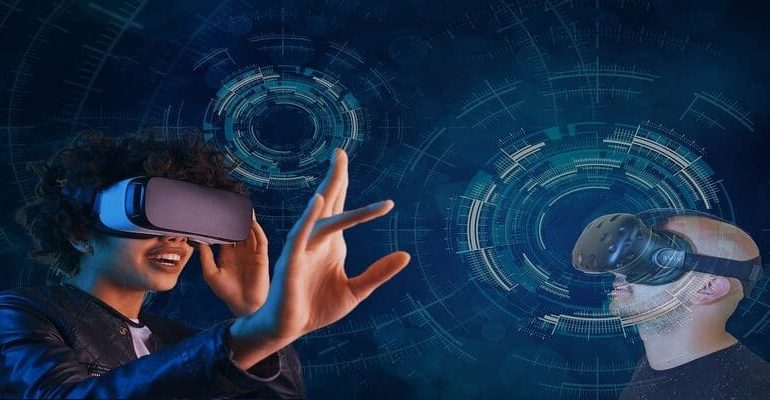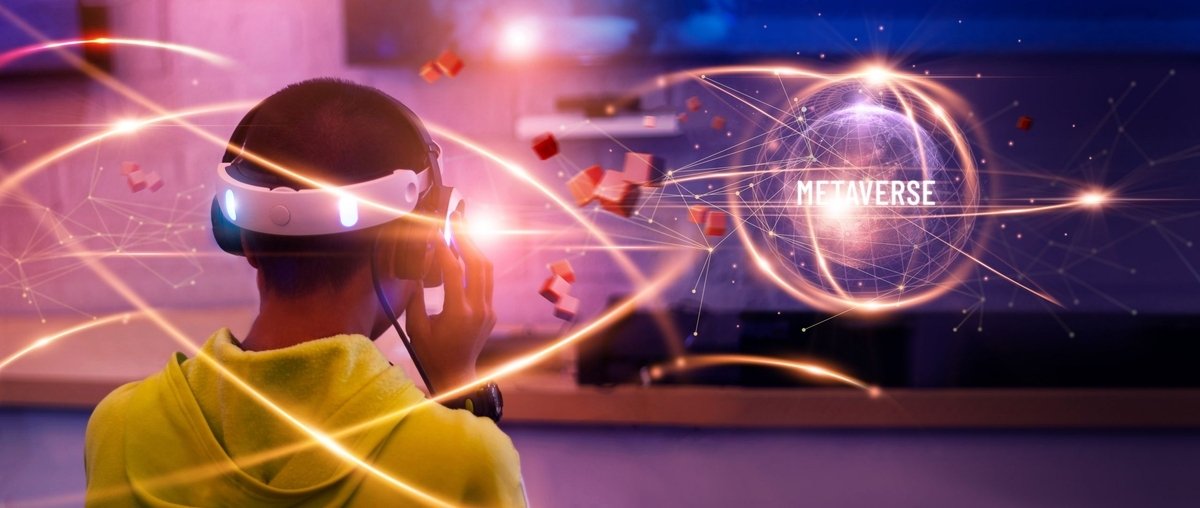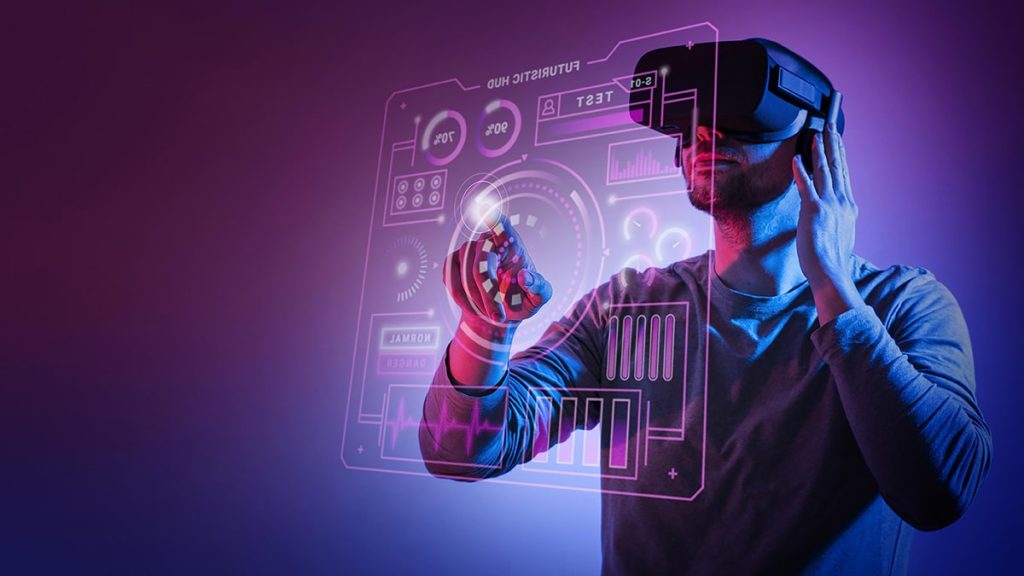Do You Know What Does Augment Mean?

You’ve probably heard and read some things about this technology called ‘augmented reality.’ It is not just one of the new technologies making waves now, it is also expected to bring tremendous changes to how we do things in the future in many ways. But, first things first, what really is this technology about, and how can we explain its core functionality? Let us examine the term itself.
What does ‘augment’ mean?
The Oxford Dictionary defines ‘augment’ as meaning to “make (something) greater by adding to it.” In other words, something which already exists and is an entity in itself the way it is, gets boosted by some additions to it.
The concept of augmenting comes from the need to enhance an already existing item, and there are many reasons why this might be necessary. It could be to increase its value (or the perception of its value), like in the case of product augmentation. It could also be to make it serve more purposes other than what the item would normally do.
Related: Spark AR
What is an augmented reality?


Having answered the question, ‘what does augment mean?’ let us bring it into the context of augmented reality.
Following our definition, to augment reality would simply be to ‘make reality greater by adding to it.’ Is this what augmented reality does? Oh, yes! It is a technology that ‘augments’ our ‘reality.’ What that means is that it enhances what we know as reality, that is, our real-world objects and environments.
Merian Webster defines it as “an enhanced version of reality created by the use of technology to overlay digital information on an image of something being viewed through a device (such as a smartphone camera).” Tech Terms Dictionary summarises it as “computer-generated content overlaid on a real-world environment.”
In the case of AR, you are using technology to augment objects and our environment by adding digital information on top of them. Instead of just having things the way they are, you improve them with the help of digital information that are superimposed on them.
Reality here refers to physical objects, and that includes just about anything you can see and touch. Yes, augmented reality can overlay digital information on anything at all, so you begin to see more than the object itself.
Related: Augmented Product
Why Do We Need a Technology that Can Augment our Reality?

One very obvious reason why augmented reality technology is a very necessary tool in our age is the fact that there are limitations with real objects and the real-world environment. To surpass these limitations, sometimes we need the help of the virtual world (which is only limited by our imaginations).
Let us take a very simple example of AR to explain this: AR business cards. We are used to the normal business cards, which come in small sizes that can fit into our wallets. It is a great marketing tool and most business people would wish to put as much vital information as possible on it. But how much information can that small card hold legibly?

A normal business card is a real-world object, and we know the purpose it serves, though limited by the size. Now that is where AR comes in. With AR, you can augment your business card and make it contain as more information than an ordinary card. Just a simple design on the card is enough to trigger the display of other extra information like your photo and full resume. With AR, you can add videos of your business, calls-to-action, etc. That is what it means to augment something.
Here is a link to a previous blog post if you’d like to learn more about how augmented reality business cards work.
Other reasons why we need to augment real objects are to allow us to interact with these objects and our environment; to enable us to engage with our real-world in more ways, and also to create new experiences that transcend the capabilities of our real
By simply allowing digital information to be overlaid on real objects, this technology has vast applications in many areas and industries. And it is serving a lot of purposes. Let us examine some of them.
Related: Project Image On Wall From iPhone
Education and learning
In education, AR is transforming the learning process. It is bringing learning materials and information to life. For instance, instead of just flipping through pages of text materials, AR models can enable students to interact with the things they are learning about, deepening the education experience and making it more fun and engaging. Harnil Oza, CEO of Hyperlink Infosystem, describes in detail the roles AR plays in education in an article on Talk Business; you can read it via this link.
Retail and Marketing
The thrill of AR makes it useful for catching and retaining the attention and interest of potential customers. With AR, customers can test products before paying for them, reducing the chance of returns (an example is the Home Depot’s mobile app). You can see more of such examples in our post on the use cases of augmented reality in marketing campaigns.
Also in this category, another area AR can be employed is in providing real-time after-sales support to customers. You can click on the link to read our post on that.
Related: Augmented Reality Books For Ipad
Manufacturing

Because of the nature of the manufacturing industry, the need for accuracy and precise information when it comes to assembling products, AR has a big role to play in that sector. It can provide assembly line engineers with real-time information on different components and how to put them together. AR speeds up the training process for workers, increases productivity, reduces errors, and enhances the manufacturing process in many other ways. In one of our posts, we examined how the future of manufacturing could be in the hands of augmented reality.
Automotive industry
In the automotive industry, AR finds its place from the manufacturing process to retailing and even down to car usage and maintenance. AR can be employed in improving user driving experience, providing better navigation information, providing instructions for repairs and maintenance, etc. Startus Insights has an article on how AR disrupts the automotive industry. We also have a blog post on Some Example Use Cases of Augmented Reality in the Car Retail Industry.
Gaming and entertainment

This is the most known area of application of the AR technology, because it was what popularised it. As we see in Pokemon Go, by augmenting our environment with virtual objects, AR can allow us to interact in a different way with the places we are already used to. This has birthed many games and other forms of entertainment. ThinkMobiles has an article that compiles a list of augmented reality games, you can check them out.
We can go on and on to list many other areas where AR is charting the course for the future growth of those sectors. Music and concerts, the beauty industry, e-commerce, and just about any other sphere of human endeavor can be improved greatly when we augment real objects with digital information, and that is what augmented reality is all about.





